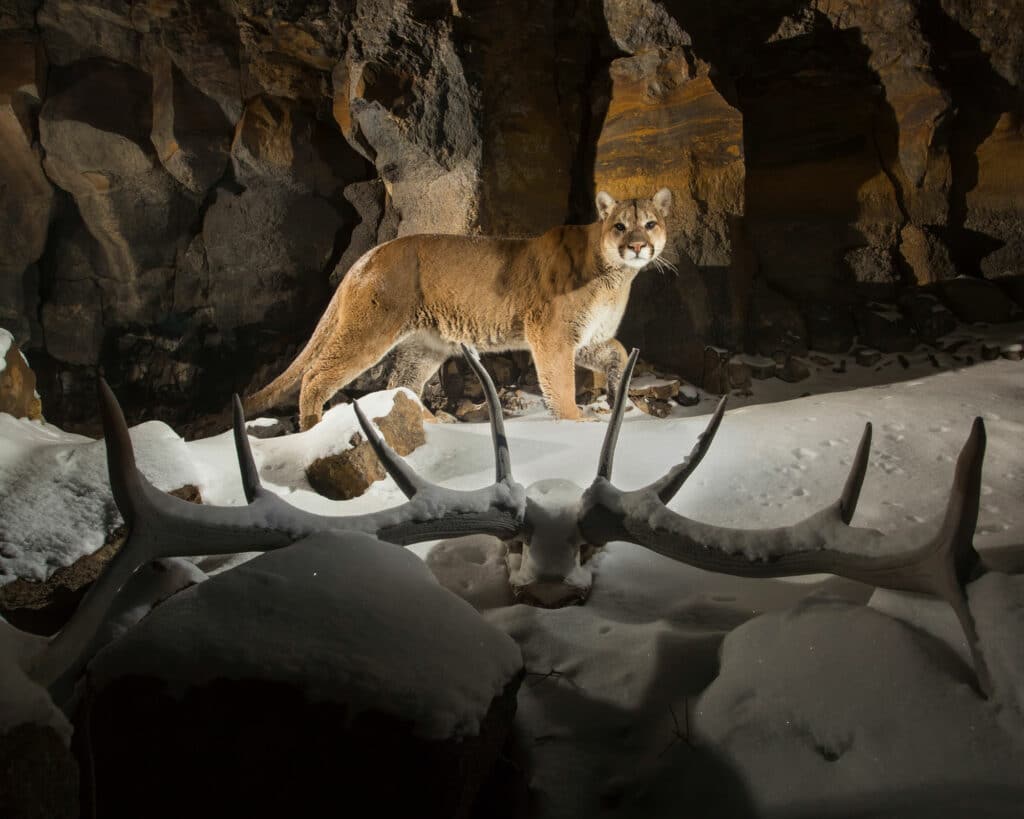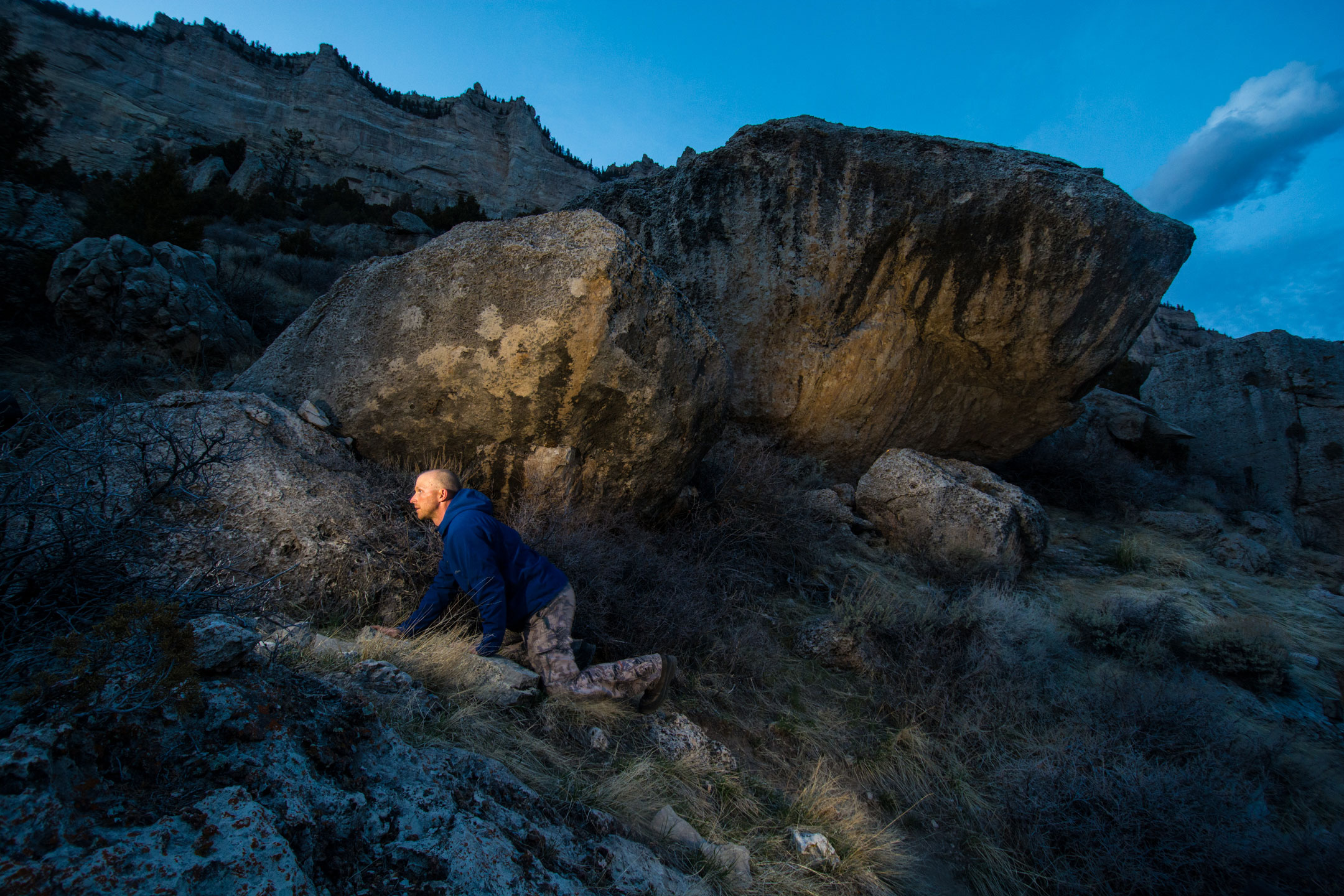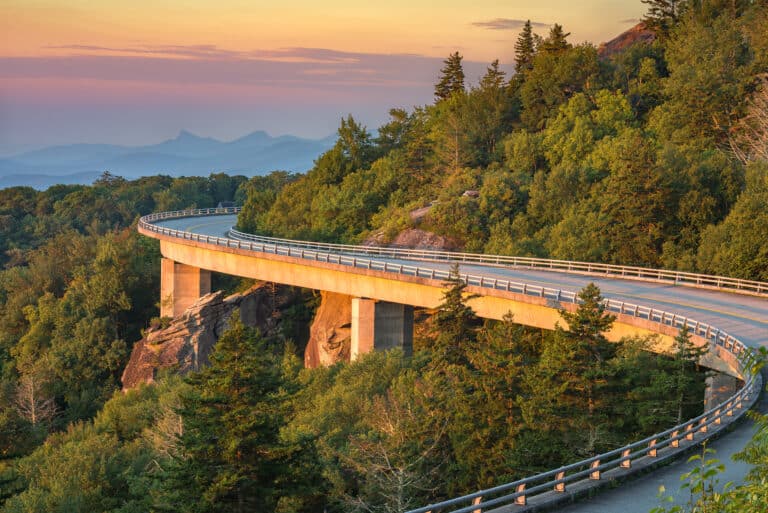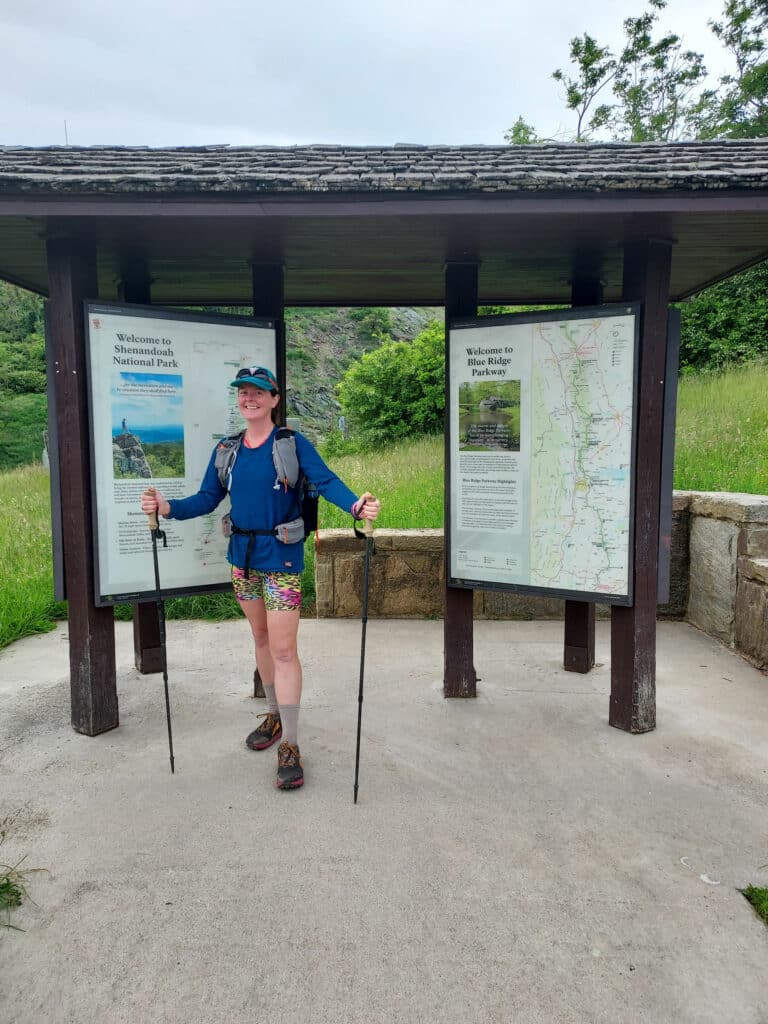Chasing the Wild
Drew Rush shoots bears. He has shot dozens across the country, including grizzlies.
Of course, as a National Geographic photographer, Rush shoots them with a camera. And what sets Rush apart from most other professional photographers is his use of motion-triggered wildlife cameras.
Rush specializes in wildlife photography using camera traps that he sets up in some of the country’s most remote and challenging locations. He hikes miles through vast forests and rugged terrain, placing cameras in caves and on cliffs.
Anyone can buy a cheap wildlife camera for $40 on Amazon, but most folks don’t know how to use a wildlife camera to its full potential. Rush intensely studies the species he is seeking. Then he searches maps and landscapes for ideal locations and hikes deep into the wilderness, where he sets up lighting and cameras days or weeks before his subject arrives.
Along the way, he’s had some close calls, including a couple of grizzly encounters. Rush talked with BRO about his scariest moments with wildlife, best beginner tips, and his favorite animal to photograph.

BRO: What exactly is a camera trap?
DR: A camera trap is a motion-sensing camera that you leave out on a landscape so that an animal will trigger it and basically take its own picture. The cameras can take short videos, too. There are different kinds of camera traps: simple little wildlife cameras and bigger, more elaborate camera traps with lights. I use both. I use the smaller ones for social media, and the larger ones for advanced photographic projects.
BRO: How did you get into camera trapping?
DR: I was looking at National Geographic all the time as a kid and studying what the professionals were doing. I knew that some were using camera traps for wildlife, so I really tried to source it out and see what equipment they relied on. I got my first assistant gig for National Geographic because I researched a lot about camera trapping beforehand.
BRO: How do you learn about the species you are shooting?
DR: For a lot of the big projects, I work with researchers to help find patterns for where these animals will be. But a lot of the time, I am out there in the wild by myself trying to figure out where the animals are. I do a ton of hiking—lots of crisscrossing landscapes looking for places that animals might be using. They often leave scat, tracks, or other signs.
BRO: Any scary encounters?
DR: I had a couple grizzly bear encounters. The first time, I was on an assignment looking to photograph wolves when I accidentally came upon a bear that had just killed an elk calf. It was not happy to see me. It bluff-charged me several times. Then it stood up on its hind legs and snapped its jaws. Then it got back on all-fours and ran the other direction. Then it would sway, turn back, and charge again. I eventually made it back to my truck. As soon as I closed the truck door, the bear ran right in front of me.
The second encounter happened when I was working on a story about pine beetles. National Geographic needed pictures of grizzlies feeding on red squirrel caches, so I set up a camera trap in a squirrel midden where they store nuts and pinecone seeds. When I returned to check the camera later, a grizzly had been there feeding and then fell asleep. As I walked up to the camera, the bear caught my scent and jumped up. It started charging at me through the forest. I couldn’t see it clearly, but the sound was terrifying. I didn’t have time for bear spray or a pistol, so I started screaming to try and scare it off. The brush finally settled. I was lucky it turned around.
BR: Do you have any tips for beginner wildlife photographers?
DR: No matter what camera you are using, think about and learn about the species you want to photograph. I do a lot of research for all the species I photograph. Find out everything that might be useful about the animal: what they eat, how they travel and sleep, their average height. For example, most of the time I put my camera at eye level with the species I am photographing. Do your homework and know as much as you can about the animals you want to photograph.
When it comes to equipment, I tell folks: buy nice or buy twice. As much as your budget allows, invest in quality, or you will end up buying better equipment later and often spending more money.
BRO: How do you set up your shots?
DR: I don’t really try to disguise the camera that much. Animals can already tell most of the time from smell that it’s there. If you leave it out long enough, the smell will eventually go away and it will just become a part of the landscape as animals pass by.
I used to set up artificial lights in my camera traps to capture the exact shot I wanted. The results were great, but it’s not natural. Now I am trying to really shoot natural light and find places with a lot of it.
Grizzly bears are really curious animals, and constantly mess with my camera traps. Wolves have chewed on cameras in the past.
A lot of people can set up a camera trap and it will go off and capture something. But really learning about the animal, its habitat, and its behavior is crucial in capturing a quality image.
BRO: What is the hardest part about wildlife photography?
DR: The hardest part is finding good long-term projects that I can sink my teeth into. A lot of photography is short-term projects, which makes it difficult to find bigger material. I spent a lot of time with bears and learned so much about them and their habitat. It is really hard to find situations like that, but when you can learn about and deeply engage with a subject, it makes the photography much better.
BRO: What is your favorite animal to photograph?
DR: I love looking for mountain lions. I am photographing mountain lions for projects, but I also just seek out mountain lions when I am out there shooting on my own. I love spending time learning about mountain lions and getting to know them.
BRO: Where are your favorite places to shoot?
DR: I’ve worked all over the world—in India, Africa, and South America. My favorite places for setting up cameras are in alpine regions, looking for large predators like grizzly bears, wolves, and mountain lions.
I spend a lot of time on public lands. They’re open to everyone, regardless of background, nationality, or socioeconomic status. These places are so important, and it’s imperative that we all do everything that we can to help protect them.
Follow Drew Rush’s work on Instagram at @drewtrush.
Cover photo: Drew Rush crawls like a mountain lion to set up the shot for his wildlife camera trap. Photo by Drew Rush.








